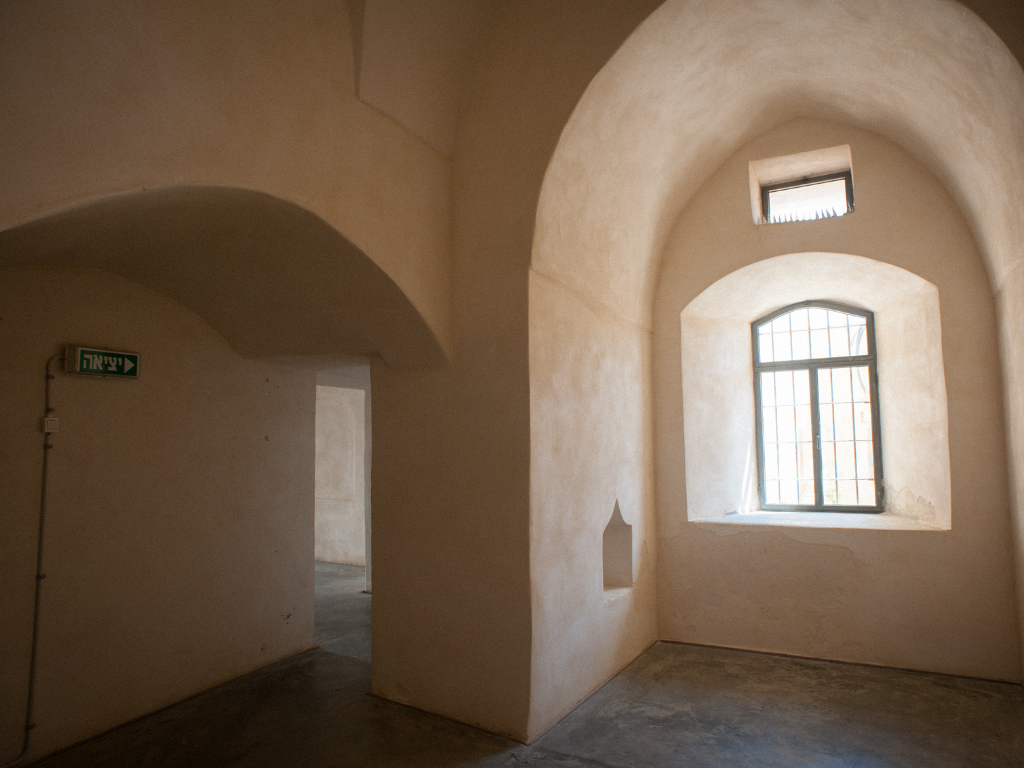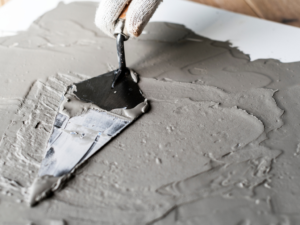With the eye-catching, high-tech materials of our times, it’s not hard to forget the humble, tried-and-true methods that constructed our cultural heritage. One such ancient solution is lime plaster—a basic combination of lime, sand, and water that has adorned the world’s most beloved buildings for centuries. Beyond a mere wall finish, this venerable material is a triumph of human innovation, one with depthful historical, architectural, and environmental significance.
Composition and Types of Lime Plaster
In essence, lime plaster is a result of a lovely, slow alchemy. Its simple ingredients are deceptively straightforward: lime (made from calcined limestone), sand as an aggregate, and water. But the quality of the lime dictates its nature and uses.
Non-Hydraulic Lime Plaster (Lime Putty): This is the most pure, being made from slaked quicklime. It undergoes a process known as carbonation, gradually reabsorbing carbon dioxide from the atmosphere. This creates a soft, vapour-permeable plaster that is very flexible, which suits historic buildings that need to move and breathe.
Hydraulic Lime Plaster: With impurities that enable it to harden in the presence of water, hydraulic lime plaster is stronger and harder, even in wet conditions. Its hardness can vary, enabling conservators to closely approximate the properties of the original mortar.
Cultural and Regional Variations
- Lime plaster application varied widely, evolving into diverse regional styles shaped by local resources, climate, and aesthetics. Italy’s Venetian plaster, made with slaked lime and marble dust, reflects Renaissance luxury with its smooth finish. In contrast, India’s Araish and Surkhi plasters use crushed bricks or terracotta to create a hard, water-resistant surface suited to monsoon climates.
- This variety is a testament to native craftsmanship and knowledge. Generations passed on the technique of mixing, troweling, and burnishing these plasters. Even the material itself frequently functioned symbolically; a clean, white finish using lime plaster could be a symbol of purity and wealth, and ornate frescoes painted over a new lime wash.
Advantages of Lime Plaster in Heritage Conservation
- In the maintenance of old buildings, the benefits of authentic lime plaster are inescapable. Its most renowned characteristic is its breathability. As opposed to modern cement, which is inflexible and holds water vapour inside a building’s envelope, lime permits walls to release water vapour. This natural control of moisture is essential for avoiding the dampness, salt efflorescence, and frost damage that can ruin ancient brick and stonework.
- In addition, high-quality lime plaster is relatively flexible. It can take the slight movements and settlements found in aged buildings without cracking. The tolerance of traditional substrates—stone, mud, and soft brick—guarantees both long-term appearance and structural stability of our heritage buildings.
Challenges in Preservation and Modern Revival
- In spite of its tested advantages, the art of lime plaster is confronted with great challenges. Cement was quick, durable, and took less technical expertise to apply, and so became the go-to standard, much to the ruinous effect when applied to “fix” historic buildings that should breathe.
- The resurgence of lime-based materials is today a pillar of sensitive conservation. The problem is not just in obtaining materials but in relearning the lost skill of application. Work by heritage institutions to educate a new generation of craftsmen is critical.
Conclusion: Grasping the Past, Forging the Future
Lime plaster is much more than a relic of the past; it is a gateway between our heritage and a greener future. Its embodied energy is low, it is recyclable, and it breathes, all congruent with current green building philosophy. The words “heritage in every layer” encourage us to remember that the ancient wisdom contained within these old materials is to respect nature, not to fight it.
As we seek to preserve the architectural gems left to us, we have a definite charge: to save the existing buildings, keep practicing the ancient techniques, and spread the rich worth of lime plaster. In deciding to celebrate this living skin of history, we do not merely restore the old walls; we make sure that the stories they tell will continue to breathe for centuries to come.




